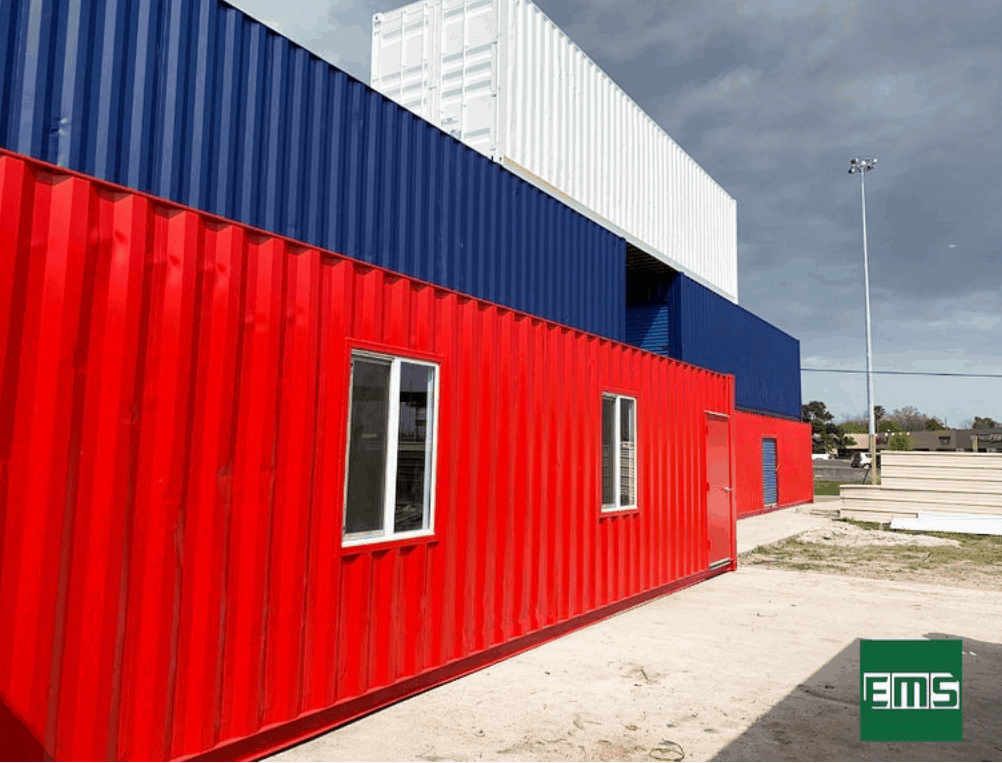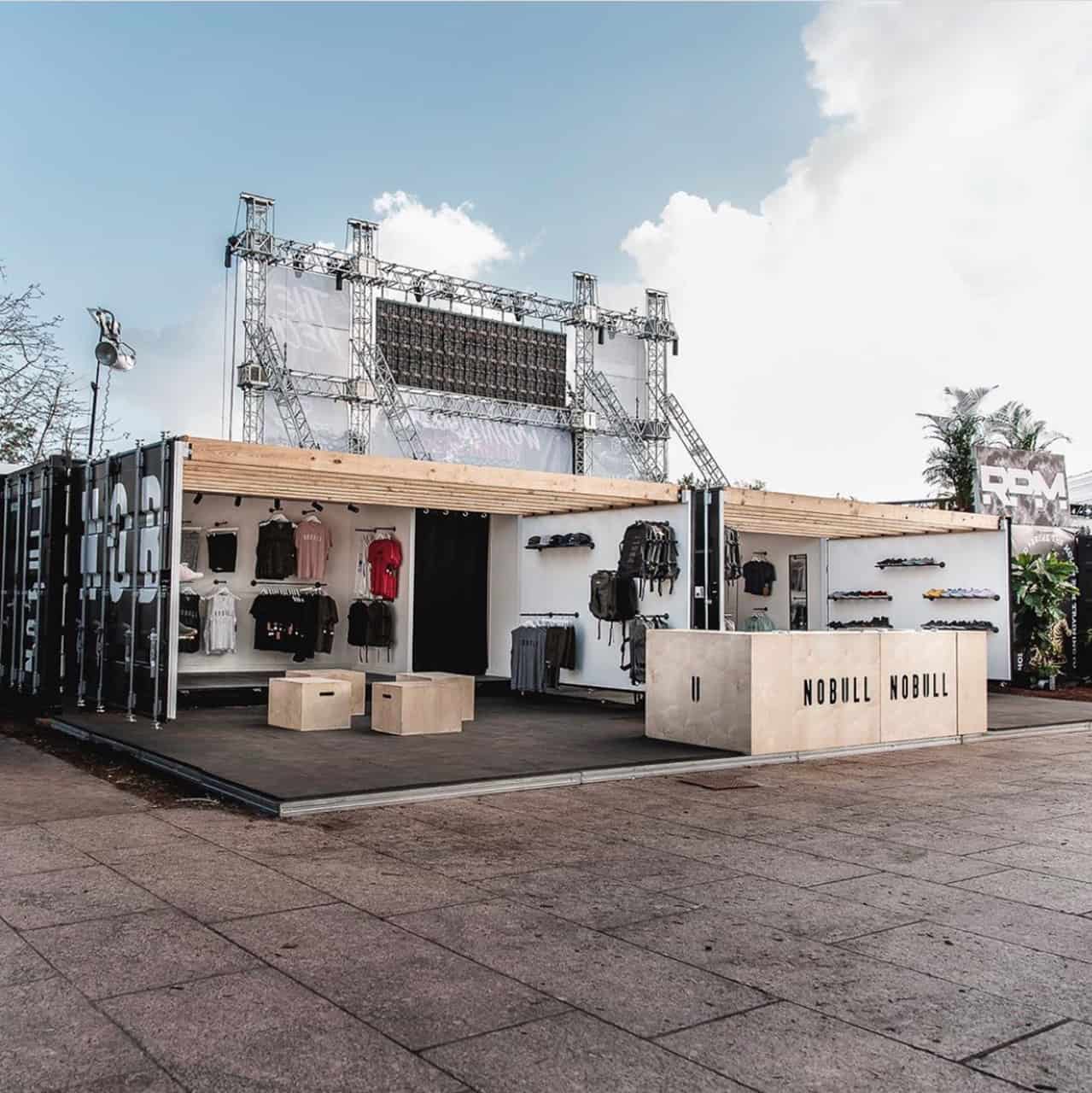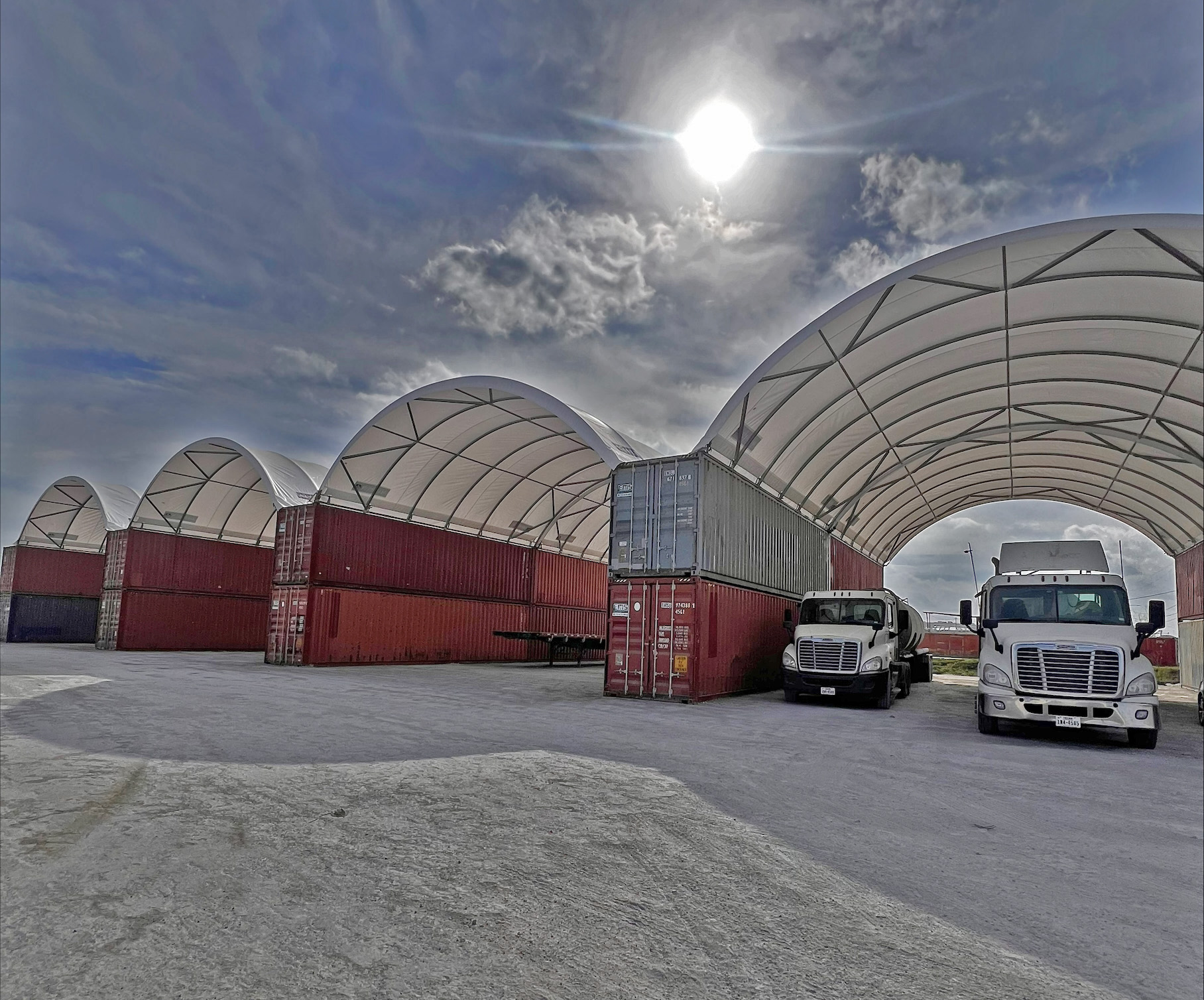Building shipping container homes look simple, but any homeowner will tell you that there’s more to it than meets the eye.
Your preparation – from research to budgeting to design – will make the most significant difference in your ability to build the home of your dreams on time and “on budget.
What do shipping container enthusiasts wish they knew before they built their first home? We share things you need to know before you build – so read on.
1. Always Check out the Shipping Container Before Buying
“Try before you buy” is a pretty common piece of consumer advice. It is particularly important when you buy shipping containers.
One of the most common regrets mentioned by shipping container homeowners is their failure to look at the containers before buying them.
When you buy shipping containers, you choose between three types: brand new containers, one-trip containers, and used containers.
New containers have never seen an ocean liner. But they are popular because you can build them according to your specs. For example, you can ask for a container that hasn’t been chemically treated.
One-trip containers are almost like-new but come with a slightly higher price tag.
At the same time, containers used and abused on boats are likely to come beaten and battered. You can’t plan for dents you don’t see, so it’s essential to at least see pictures of the containers before purchasing them.
Standard vs. High Cube Containers
Height is another common mistake made by customers who try to source containers on their own.
The standard shipping container is 8 feet, 6-inches tall. High cube containers are 9 feet, 6-inches tall. You typically want the high cube containers, which give you a much needed extra head-space. The high cube containers leave you with an eight-foot ceiling even after installation, which adds comfort and space to your home.
2. Ask About Houston Building Regulations
As with any building project, you will most likely need a permit before you get to break ground on a shipping container house in Houston. Shipping container building codes differ by city and even within zones of each city. Talk to your local planning permission office to learn about what kind of permits you need. Remember, it’s better to ask than pay unnecessary fines.
3. Learn About Structural Integrity
Shipping containers are a robust base building material. After all, their design allows them to be filled, stacked, and shipped endlessly. However, shipping containers still deal with structural integrity issues and understanding how they work is critical for planning your home.
Consider how much steel you need to cut from your shipping container. As you remove material, you remove strength. You inevitably make the structure less sound. In which case you will need to reinforce it with extra steal beams, to make it habitable. How much is too much? Windows and doors won’t dramatically impact the steel’s performance, but removing an entire wall requires extensive consideration.
4. Minimize Welding When Possible
Working with steel containers involves some amount of welding, but if you can, try to minimize the amount of welding you need during the design phase. Welding is going to ratchet up the cost of your home and tack on more time to your building phase. Skip welding except in the necessary places, to ensure you stick to your budget and timelines.
5. Think About Insulation
As with any home, your insulation should reflect the climate that you live in. An excellent local contractor can make the right recommendations.
The primary challenge you face in insulating your shipping container is the depth of the walls. The steel provides the durability shipping containers need, but there’s not much in the way of thickness. That means you’ll need to build the walls out to install insulation.
The process is similar to installing insulation in a basement. You have two options: build the walls in and remove square footage or build out and alter the aesthetics of your exterior. The decision is yours to make, but you’ll need to make it early as it will impact your design.
6. Plan for Wind
Shipping containers can withstand harsh conditions thanks to the strength they have in numbers. At the same time, even an unsecured, standalone shipping container can withstand winds of 100 mph. However, their ability to withstand those winds doesn’t mean that you’re not going to hear them.
Planning for wind is particularly crucial for Texas shipping container homes. Thanks to the state’s mostly flat geography.
In addition to planning for your container home’s wind rating, you also need to think about ways to block the wind (and the noise). Including these in your initial design plans will help save you time and headache later.
7. Plan for Rain
The State of Texas is famous for its thunderstorms and hurricanes – which can bring incredible amounts of rain in an instance, followed by flooding.
When you plan your exterior, prepare for rain, particularly with your paint choices. Houston Shipping Containers would need a robust type of paint to withstand heavy rainfall. Ideally, you should choose a marine-grade direct-to-metal paint (DTM) for the job. Both Valspar and Sherwin Williams offer suitable products.
8. Understand That Aggravation Is Part of the Process
Many like the idea of building shipping container homes because it looks and sounds more relaxed than traditional construction.
However, the aggravation you’ll experience with a traditional home build can follow you into your shipping container building plans as well. So be aware of this before you start building. It’s important to recognize this early on, so, you are emotionally prepared to overcome the challenges which will come later.
9. Choose Experts When Possible
Get in touch with expert designers, structural engineers, and professional drawing services from the beginning, particularly if you want a custom container home.
As strange as it sounds, choosing experienced contractors will save you money in the long run, even if their services cost more up front.
Building Shipping Container Homes Starts With the Container
Building shipping container homes is an exciting challenge for contractors and homeowners alike. As with traditional construction, getting prepared before you break ground will save you time and money throughout your build.
Everything you do, starts with selecting the right shipping container(s) first. To learn more about finding the perfect container blocks for your home, contact our container professionals.










